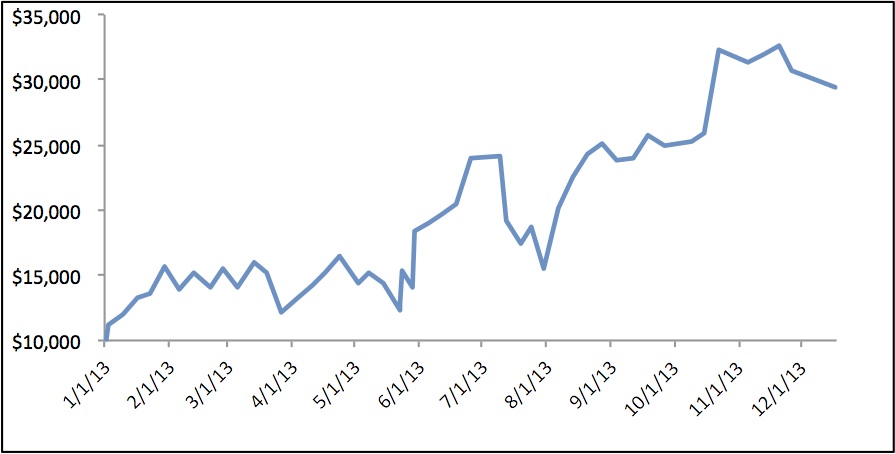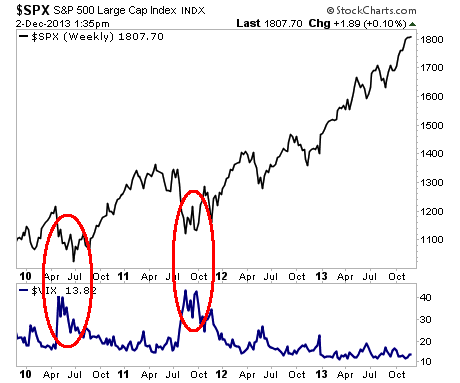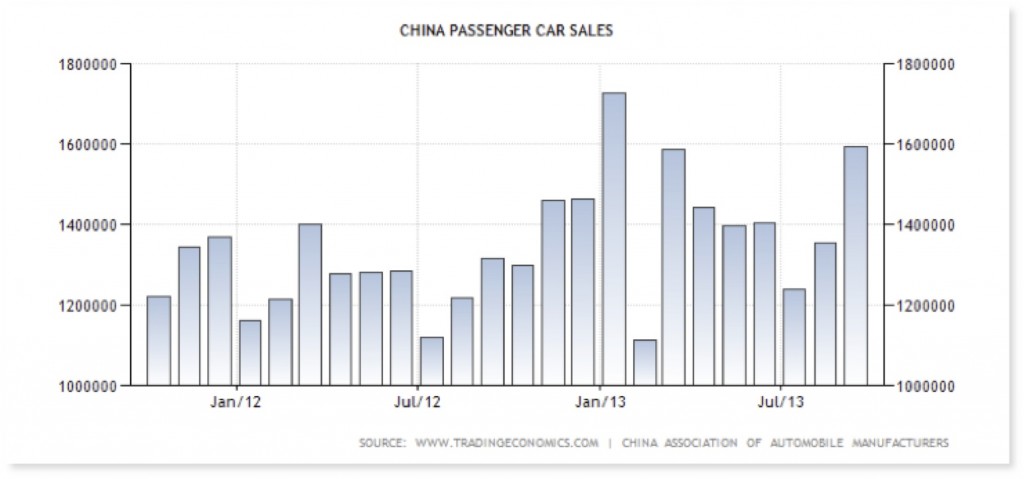We find it truly extraordinary that anyone is surprised the financial system is under duress again.
After all, what have the Central Banks accomplished in the last five years?
1) Did they clear out the bad debts that caused the 2008 collapse? NOPE
2) Did they implement structural reforms to insure another 2008 didn’t happen? NOPE
3) Did they punish fraud or corruption in any way to insure that the system was clean? NOPE
So what did they do?
They cut interest rates over 500 times and funneled over $10 trillion into the financial system, over 98% of which went to the very players (key banks) who nearly blew up the world in 2008.
And people are actually surprised that the system is back in trouble again? Would you be surprised if giving another shot of heroin to a drug addict who was in a coma didn’t bring him to health?
Honestly, did anyone think this would really work? I know that the connected elites loved it because the whole process allowed them to hand off their garbage investments to the public while leveraging up to acquire more assets via the Fed’s cheap money… but what about those who DON’T work for a top 20 global financial institutions? Did anyone actually believe this would work?
So here we are today, Europe’s already insolvent banks are now potentially on the hook for $3 trillion in Emerging Market investments.
When your entire banking system is leveraged at 26-to-1 it really doesn’t matter who you lend to… you’re bust. But in this case, the bad emerging market investments are just the icing on the rotten cake that is Europe’s banking balance sheets.
Hopefully Mario Draghi can “promise” something again and the whole system will hold together. After all, THAT and Bernanke’s decision to engage in more and more QE (despite NO evidence that QE benefits the economy) are what brought us back from the brink in June 2012… maybe Janet Yellen and Mario Draghi can repeat this.
Then of course there’s China… which has created the single biggest credit bubble relative to GDP in history. Nevermind, that they literally blow up buildings to build new ones to pad their GDP numbers… China is a miracle and its economy is on the verge of becoming another US.
The world believes China can become more driven by consumers… though the data shows consumer spending has grown by 9% a year for 30 years there… so hoping that things are going to erupt higher there is a little misguided.
And of course there’s the US, which is STILL printing $65 billion per month despite two QE tapers… which folks claim were terrible for the world (how exactly is printing $65 billion per month five years into an alleged recovery, a good thing? Doesn’t that NEGATE the entire claim of a recovery at all?).
You can build a house on a rotten foundation (bad debt, fraud, corruption) and it will stand for a while. But eventually it will collapse.
This will again happen with the markets. The only difference is that this time around, the Central banks have already spent most if not ALL of their ammo propping up the system.
If you’re looking for actionable investment strategies on playing the markets, take a look at my monthly investment newsletter, Private Wealth Advisory.
Published on the third Wednesday of every month after the market closes, Private Wealth Advisory, shows individual investors how to beat the market with well-timed unique investments.
To whit Private Wealth Advisory is the only newsletter to have shown investors 72 straight winning trades and no losers during a 12-month period.
Indeed, in the last four months alone we’ve locked in gains of 8%, 12%, 21% and even 28%... with an average holding period of 3-4 weeks.
To find out more about Private Wealth Advisory and how it can help you beat the market with your investments…
Best Regards
Graham Summers























